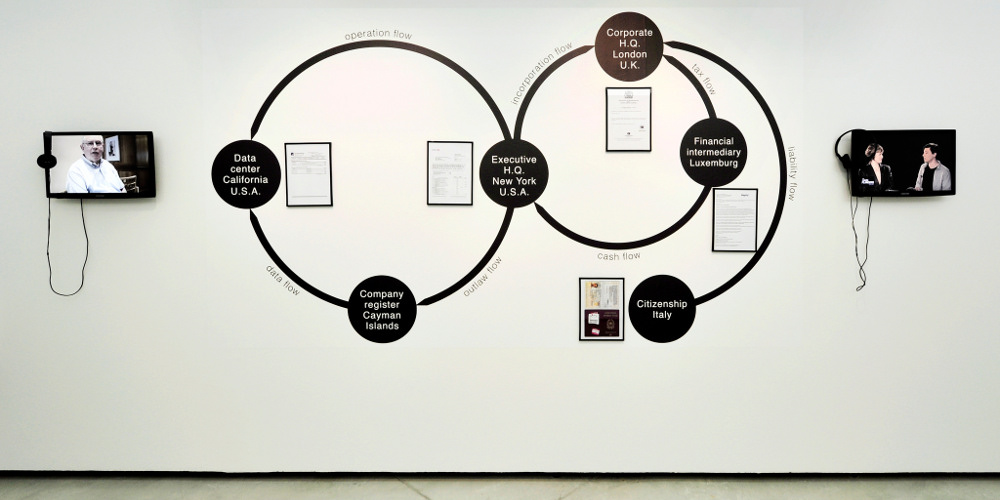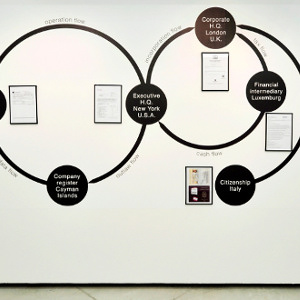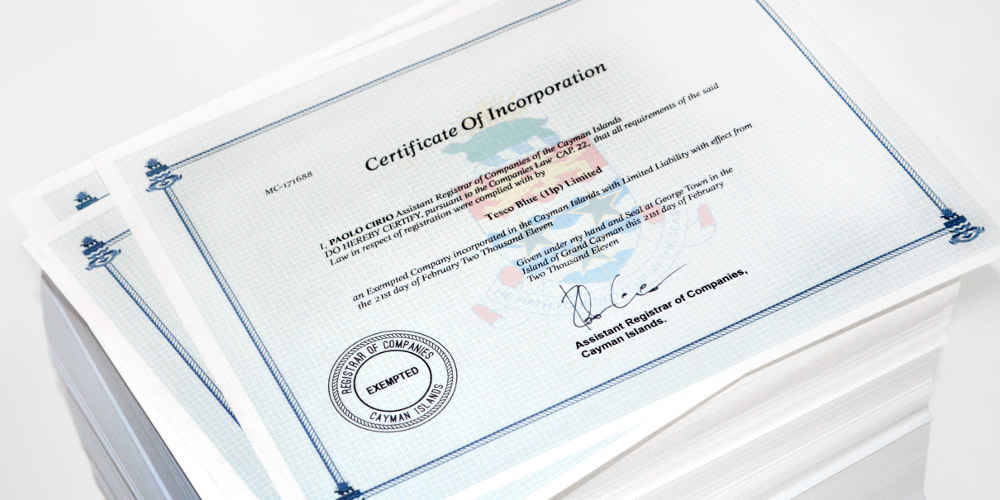
The Cayman Islands is a group of three islands in the Caribbean: Grand Cayman, Little Cayman and Cayman Brac. Their combined area is approximately 260 km². Nevertheless, it’s one of the world’s Top 10 banking centers. Companies here administer breathtakingly large sums of money, whereby the most enthusiastic depositors are foreign companies, since strict bank secrecy laws prevail on the Cayman Islands. They also cover real estate, exchange-traded securities and insurance transactions. A 100% tax exemption also makes the island group interesting for companies—terms like capital gains tax, income tax and inheritance tax are unknown in these parts. Permissive capital transfer rules and the complete absence of currency controls make things easy on the Cayman Islands for local and foreign investors alike.
The Cayman Islands is one of the world’s best-known offshore financial centers. Thousands of companies, offshore corporations and countless hedge funds are headquartered on Grand Cayman. As a result, an estimated $1.7 trillion of foreign capital is on deposit in this tiny island nation, and administered by offshore corporations. One of the reasons for this is that setting up an offshore corporation on the Cayman Islands is relatively easy and can be done within only 14 days.
“Loophole for All,” a project by artist and activist Paolo Cirio, deals with these facts and circumstances on the Cayman Islands. Paolo stole the identities of 200,000 firms registered there and put them up for sale on his website, www.loophole4all.com. This was made possible by the fact that registration in this tax haven can be accomplished completely anonymously. Thus, anybody can now acquire a certificate that endows him or her with the identity of a real company and thereby provides them with entrée to the financial world of the Cayman Islands.
Everyone should have the possibility of exploiting the same tax benefits that major corporations are constantly taking advantage of
,Paolo stated. He describes his project as an attempt to democratize tax avoidance. But obviously, the artist/activist’s mission is to call attention to the global dimensions of tax avoidance and, ultimately, to put an end to it for good. Nevertheless, he is fully cognizant of how daunting a task this is, and of the enormous power of the lobby set up to prevent it.
“Loophole for All” is being honored with the 2014 Golden Nica grand prize in the Prix Ars Electronica’s Interactive Art category. Before this critical project goes on display in the CyberArts Exhibition at this year’s Ars Electronica Festival, Paolo granted us an interview in which he filled us in on the background and consequences of “Loophole for All.”
Loophole for All is definitely a form of activism. What does your project have to do with art?
Paolo Cirio: You can do art with anything as long as you maintain specific artistic qualities. In my case, I always try to be very visionary or ironic and provocative, while giving new meanings and forms to the material I use in my artworks. Also, I translate sophisticated concepts and processes for real-world settings and art exhibitions, while I engage the audience in informative and empowering performances. Balancing art and activism isn’t simple, but it’s necessary to remark the importance of the transformative power of art, which is too often lost in solely decorative and speculative art world.

What inspired you to do this project? How did you get the idea to democratize offshore business?
Paolo Cirio: The creative process takes a lot of time and it’s quite complicated for this type of project. I have a list of, maybe, ten other concepts that I initially wanted to use to address offshore business. I guess I finally found the one that I like the most after a year of thinking over the best solution. I don’t usually ask advice from friends about my ideas because the subject, language and strategies are too numerous and too unfamiliar to anyone who isn’t involved in my research.
Where did you get such extensive knowledge about financial structures?
Paolo Cirio: I’ve been reading books and articles and watching documentaries about finance since 2009. At school they don’t teach that subject and classic economic theory taught at the universities isn’t what actually happens in the boards of global banks’ shareholders.
How legal is Loophole for All, considering PayPal limited your account?
Paolo Cirio: I’d say that the project isn’t legal in the Cayman Islands, but it can be used anywhere else. Nevertheless, that legality is a kind of loophole too. The real point is to consider how using Cayman Islands companies to evade taxes onshore can be considered legal. For instance, PayPal is incorporated in Luxemburg and doesn’t pay its fair share of taxes to any European country on tens of billions in commissions earned on international financial transactions.
What have the offshore companies’ reactions been like?
Paolo Cirio: I received a number of e-mails from several firms, and even phone calls. Some of them were low-key companies, like small local business that accidentally were in my database. However I also received three cease-and-desist orders from large companies—one from one of the main Chinese financial firms; one from a Honk Kong high-frequency trading firm; another from an international bank on Wall Street. Many other global banks and financial firms just subscribed to the newsletter and didn’t dare contact me. However we’re talking about a database of over 200,000 firms, so I think, in the final analysis, I’m lucky not to have been flooded by reactions from thousands of companies.
What do you hope to be able to achieve with your work?
Paolo Cirio: Being effective; making art that changes present conditions economically, politically and culturally.
Your latest project is called Fingerprints Catalogue, an Open Data Institute commission, and it’s a new piece in the Anti-Social Sculptures series. What can you tell us about it?
Paolo Cirio: The online artwork uses common attacks that make most privacy tools ineffective. It’s a sophisticated browser hack that tracks and collects the fingerprints of the visitors to the catalogue of artworks commissioned by the ODI. The project addresses online privacy and, in particular, gives a form to the metadata of internet users, the type of data that the NSA’s Prism program massively collects worldwide. However, the project is mainly meant to show and warn people how, beyond the NSA, their browser and internet technology are intrinsically unequipped to protect users’ privacy, even for who are trying to protect it. As in other projects in the Anti-Social Sculptures series (i.e. Street Ghosts and Face to Facebook), I re-enact conflicts having to do with the collection without consent of personal data that internet technology today easily enables, that governments don’t regulate, and that companies exploit commercially.
During the 2014 Ars Electronica Festival, “Loophole for All” will be shown as a walk-through installation at the CyberArts Exhibition that opens at 4:30 PM on September 4, 2014, the first day of the Ars Electronica Festival, and runs until September 14. Those who’d like to chat with Paolo Cirio in person will have an opportunity to do so at the Prix Forums on September 6.


